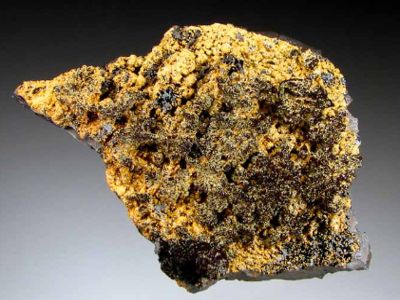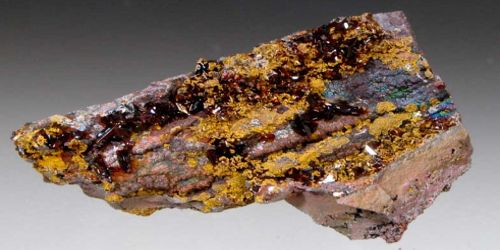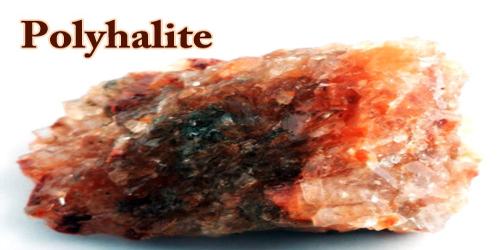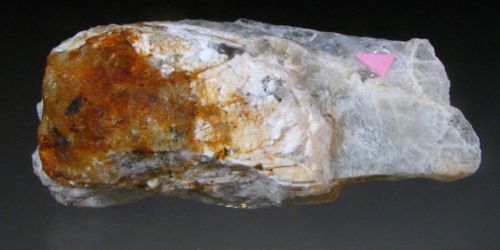Jarosite is a basic hydrous sulfate of potassium and iron with a chemical formula of KFe33+(OH)6(SO4)2. It is an ocher-yellow or brown mineral, consisting of basic sulfate of potassium and iron and occurring in minute rhombohedral crystals. This sulfate mineral is formed in ore deposits by the oxidation of iron sulfides. Jarosite is often produced as a byproduct during the purification and refining of zinc and is also commonly associated with acid mine drainage and acid sulfate soil environments.
General Information
- Category: Sulfate minerals
- Formula: KFe33+(OH)6(SO4)2
- Crystal system: Trigonal
- Color: Amber yellow or dark brown.

Fig: Jarosite
Properties
Jarosite has a trigonal crystal structure and is brittle, with basal cleavage, a hardness of 2.5-3.5, and a specific gravity of 3.15-3.26. It is translucent to opaque with a vitreous to a dull luster and is colored dark yellow to yellowish-brown.
- Formula mass: 500.8 g/mol
- Crystal habit: Crystals are usually pseudocubic or tabular,
- Fracture: Uneven to conchoidal
- Tenacity: Brittle
- Mohs scale hardness: 2.5 – 3.5
- Luster: Subadamantine to vitreous, resinous on fractures
- Streak: light yellow
- Diaphaneity: Transparent to translucent
- Specific gravity: 2.9 to 3.3
Occurrence: A secondary mineral in oxidized portions of sulfide-bearing rocks, typically altering from pyrite; less common as a low-temperature, primary hydrothermal mineral, including as deposits around hot springs.
It can sometimes be confused with limonite or goethite with which it commonly occurs in the gossan (oxidized cap over an ore body). Jarosite is an iron analogue of the potassium aluminum sulfate, alunite.
Information Source;
















